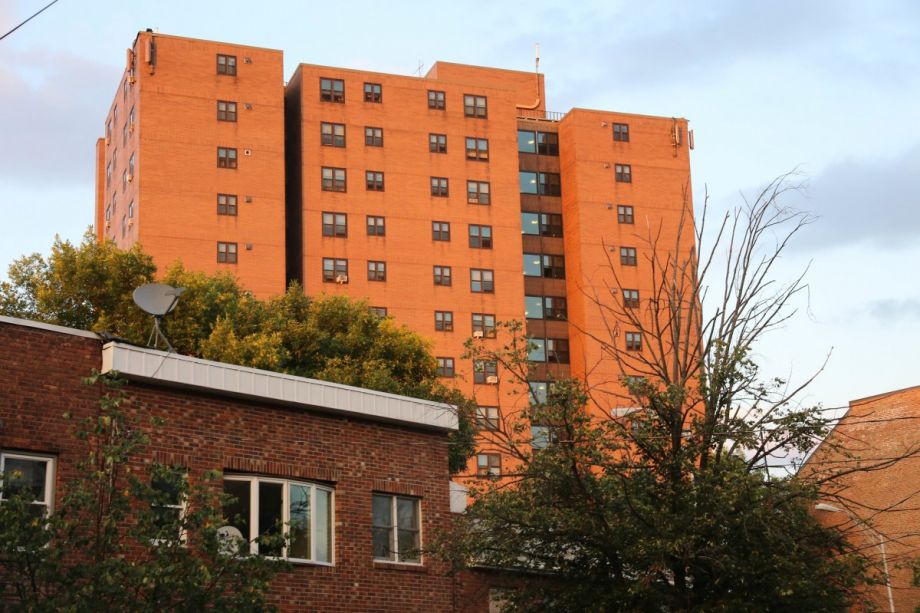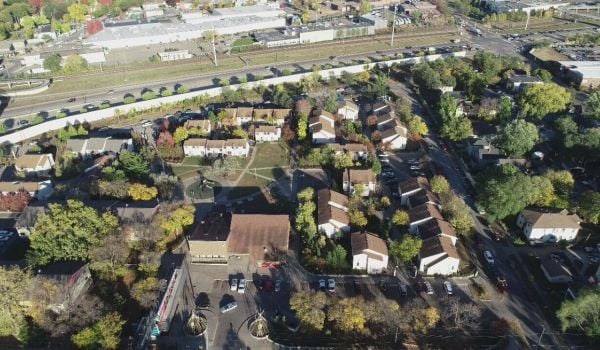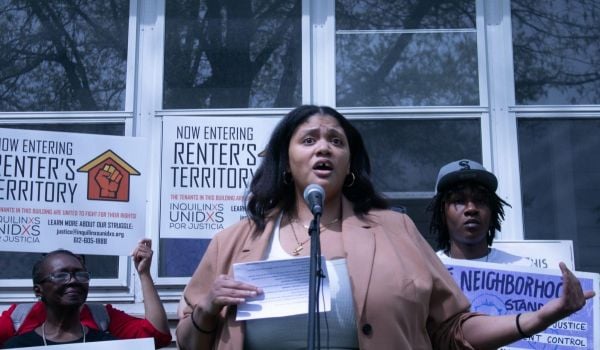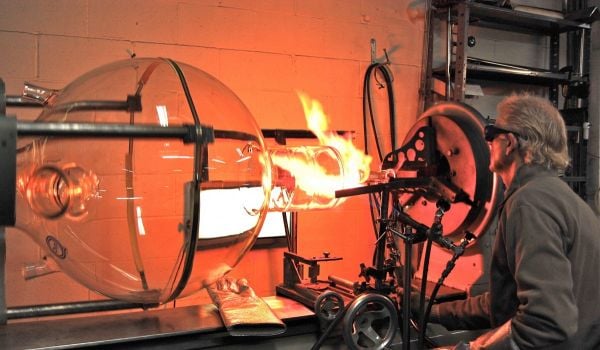As Next City posited in early January, HUD’s Rental Assistance Demonstration program (otherwise known as RAD) has, indeed, taken off in a big way this year.
RAD is an Obama-era program that also seeks to reinvest in public housing. RAD, however, does so by transferring it to the private market and offering Section 8 vouchers to tenants. It started with just 60,000 public housing units eligible for transfer; that rose to 455,000 units this year after a brief pit stop at 185,000 units last year. But RAD has been plagued by a lack of comprehensive data and confusion and inconsistencies surrounding its implementation in cities across the country.
A report released by HUD last month details some of the data so far: Nearly a thousand (956) public housing projects have been converted to privately held projects through October 2018. That represents 103,268 units taken out of public control and into privately managed buildings.
The initiative has been a controversial program since its inception. In Minneapolis, activists have pushed back most strongly to the privatization aspect of the program.
The city’s Glendale Townhomes were erected in 1952, making them Minneapolis’ oldest public housing structure. Occupants ranged from veterans and their families to New Amiercans. Today residents are mostly a mix of immigrants and refugees from across Africa and Southeast Asia.
Glendale residents began demanding repairs be made in their buildings. The Minneapolis Public Housing Authority (MPHA) agreed to do so — as part of a RAD conversion. Thus, Defend Glendale — MPHA and perhaps even RAD’s staunchest opponents — was formed. Today Defend Glendale has turned applied its organizing efforts to Elliot Twins, two public housing buildings that sit squarely in Minneapolis’ RAD crosshairs. Elliot Twins residents continue to say that they’ve been excluded from planning conversations and processes. MPHA, on the other hand, asserts that they’re following required protocols.
Defend Glendale is hardly alone in its RAD rebuke. Representative Maxine Waters (D-CA) released a statement in March of 2018 raising concerns about the program. “Public housing is critical to the lives of low-income Americans, including seniors, veterans, people with disabilities, and families with children,” she said. “Importantly, this vital resource is publicly owned and must remain affordable. I have long expressed concerns that the conversion of public housing, under RAD, will risk-the long-term affordability of this important housing resource.”
Dr. James Hanlon, an associate professor in the department of geography at Southern Illinois University at Edwardsville, says RAD is essentially a transition of much of the country’s traditionally Section 9 public housing stock to Section 8—a rental subsidy program under which RAD is housed.
“There’s more than one reason that housing authorities will do this. Their stated reasons are most often that public housing isn’t being funded anywhere near what’s necessary given the maintenance and repairs that are needed,” he says. “Historically, Congress has been much less inclined to cut back on Section 8 because that would be cutting back on funding for their constituents [in the housing business], basically, so they have been more or less willing to fund it at reasonable levels.”
The result of RAD conversions, then, is a transferring of traditional public housing into a different category that allows it to act more like the Section 8 voucher program. The result has tenants living in units that are either privately owned or managed while being subsidized by the government rather than in the purely public housing that’s quickly becoming a thing of the past. In Hanlon’s opinion, “this is probably the least worst option for funding the public housing stock, even if that means it not being public anymore.”
Deborah Thorpe of the San Francisco-based National Housing Law Project agrees that RAD is one of the best shots that public housing funding has at the moment, but cautions that too much is happening too soon before any data is in.
The National Housing Law Project was actually involved in the conception of the RAD language and Thorpe is proud of the tenant protections woven throughout the program. “RAD is really great on paper, in part because our organization and others were able to bring tenants themselves to the table along with other stakeholders — that’s a key piece of this. There’s a lot of tenant protections and long-term affordability in the authorizing statute that’s important,” she says. “Unfortunately, what we’ve seen is that the program has some important preservation language, but implementation has, in some places, left something to be desired for several reasons. One is that it’s a ‘demonstration’ program that now includes over 400,000 units — over half of the public housing stock in the country — before we have any real data.”
San Francisco has been touted as a RAD success story, which Thorpe agrees with, in the sense that the city has converted its entire public housing portfolio without having lost a resident yet. This is partly thanks to a third-party consultant that the city brought in to make sure the conversion was a collaborative process with tenants.
Minneapolis residents, on the other hand, say the opposite is true — the process, to them, feels uncollaborative.
As for the future of RAD, both Thorpe and Hanlon see it as something of an inevitability considering the current funding landscape. “In an ideal world, we’d have a system like Northwest Europe where there is a large public housing program and it’s well funded, which isn’t going to happen here anytime soon,” Hanlon says.
“We support as much public ownership as you can get,” Thorpe says. Yet, “we often say [RAD] is the only game in town for true preservation.”
This article is part of Backyard, a newsletter exploring scalable solutions to make housing fairer, more affordable and more environmentally sustainable. Subscribe to our weekly Backyard newsletter.

Cinnamon Janzer is a freelance journalist based in Minneapolis. Her work has appeared in National Geographic, U.S. News & World Report, Rewire.news, and more. She holds an MA in Social Design, with a specialization in intervention design, from the Maryland Institute College of Art and a BA in Cultural Anthropology and Fine Art from the University of Minnesota, Twin Cities.
Follow Cinnamon .(JavaScript must be enabled to view this email address)


















